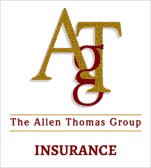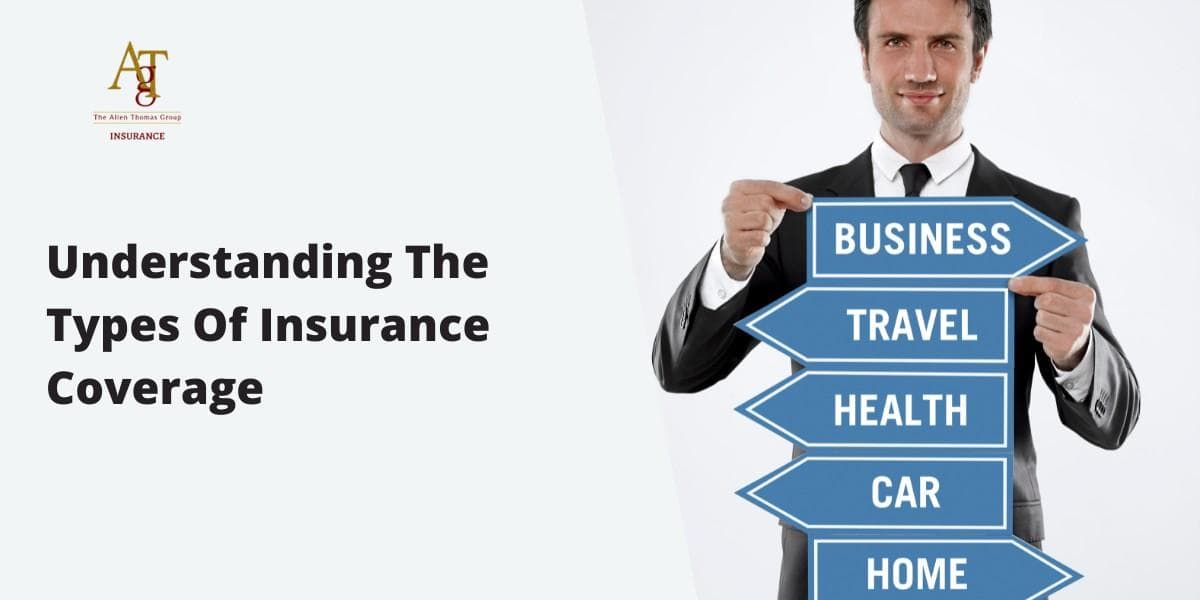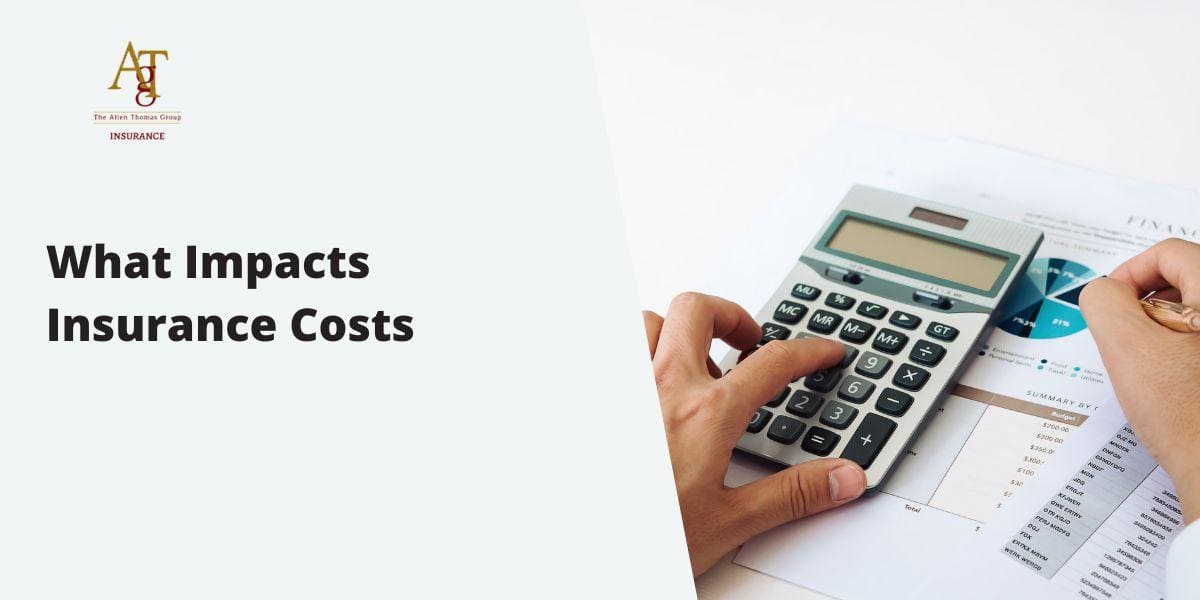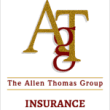Staying on top of your auto insurance costs is crucial, and there are proven strategies you can use to help save money.
One proven strategy for lowering auto insurance costs is to bundle multiple insurance policies, such as home and auto, with the same company.
This can result in discounts of 5% to 25%. Additionally, raising your deductible can lower your premium, with increasing the deductible from $200 to $500 reducing collision and comprehensive coverage costs by 15% to 30%.
With that said, let’s explore a comprehensive list of tactics that can make a real impact on your insurance expenses.
Evaluate and Compare Insurance Providers
Before settling on an auto insurance policy, it’s essential to evaluate and compare different insurance providers. Don’t just look at the monthly premium but also consider the coverage, customer service, claim process, and overall reputation.
Not all insurance companies offer the same discounts or rates, so shopping around and requesting quotes from multiple insurers can help you find the best deal. It’s important not to dismiss lesser-known insurance providers; they may offer more affordable plans with exceptional customer service.
Leverage Eligible Discounts
Car insurance companies offer various discounts such as multi-car, vehicle safety, new car, good driver, and good student discounts. It’s important to ask about all potential discounts—they can add up to significant savings over time.
For instance, being associated with certain professional organizations or alumni groups can sometimes lead to additional discounts. Additionally, maintaining a good credit score can sometimes qualify you for lower premium rates.
Adjust Coverage and Deductible
Adjusting your coverage and deductible can directly impact how much you pay for auto insurance. Raising your deductible can lower your premium. Increasing the deductible from $200 to $500 may reduce collision and comprehensive coverage costs by 15% to 30%.
Additionally, if you have an older vehicle that is fully paid off, you might reconsider carrying comprehensive or collision coverage if the annual cost exceeds 10% of the car’s value.
Select Cost-Effective Vehicles
The type of car you drive influences insurance costs; certain cars are cheaper to insure based on factors like likelihood of theft and repair costs. For example, sports cars generally have higher premiums due to their increased risk of being involved in accidents.
By carefully considering these strategies, you can work towards significantly reducing your auto insurance costs while ensuring sufficient coverage for your peace of mind.
Navigating the complex landscape of insurance policies involves weighing numerous criteria before reaching a well-informed decision.
Let’s now turn our attention towards deciphering what makes an insurer stand out in the crowd.
Evaluating Insurance Providers
Choosing an insurance provider isn’t solely about finding the cheapest option; it’s also about securing the best value and service. As the market continues to battle pricing pressures and claims inflation, it becomes even more critical to work with the right insurer to help get you the best coverage at the right price.
When evaluating insurance providers, there are key factors to consider to ensure you’re making the right choice for your specific needs.
First off, customer satisfaction ratings are crucial. You want reliable insurance, so checking customer reviews and satisfaction ratings is a great way to gauge an insurer’s performance.
Customer Satisfaction Ratings
It’s vital to look at reliable sources for customer satisfaction ratings, such as J.D. Power and consumer review platforms. These insights help make informed decisions based on real customer experiences.
In addition to customer satisfaction, financial strength is another critical factor. You want to ensure that your insurer has the financial stability to meet its obligations and pay out claims when needed. After all, what good is cheap insurance if the company can’t deliver when it matters most?
Consider looking into the financial ratings of insurance companies from independent rating agencies like A.M. Best or Standard & Poor’s. These agencies evaluate the financial stability of insurers, providing peace of mind knowing your provider can weather economic storms and continue meeting its commitments.
Prioritize reliability and service over just seeking the lowest price.
Another important aspect is claims handling reputation. When filing a claim, you want the process to be smooth, efficient, and fair. Reviewing an insurer’s claims handling reputation provides insights into how they treat their customers during these critical moments.
Claims Handling Reputation
Platforms like J.D. Power also offer information on claims handling by insurance companies, shedding light on how responsive and fair they are in resolving claims. This insight can be invaluable when making your decision.
By considering these crucial factors—customer satisfaction ratings, financial strength, claims handling reputation, and coverage options—you can make an informed choice when evaluating insurance providers for your auto insurance needs. It’s not just about finding a good deal; it’s about ensuring you have reliable coverage and excellent service when you need it most.
With a discerning eye on evaluating insurance providers, let’s now explore leveraging eligible discounts to maximize your savings on auto insurance.
Using Eligible Discounts for Savings
Auto insurance can be pretty expensive until you realize you’re eligible for various discounts, transforming a high premium into something more manageable.
One of the most common and straightforward ways to snag a discount is by being a safe driver. Insurers love drivers who rarely, if ever, get into accidents. If you’re one of those careful drivers, congratulations! You could be rewarded with a significant discount. It’s not just staying accident-free that counts; consistently obeying all traffic laws and maintaining a clean driving record also puts you on track for this discount.
Take Ryan for instance – he’s been driving for ten years without any accidents or claims. His commitment to safe driving has earned him an impressive 40% discount on his auto insurance policy!
Then there’s the chance for a multi-policy discount. Bundling your auto insurance with other policies like home insurance could get you a considerable rate deduction. Multi-car discounts are an option too – insuring multiple vehicles under the same policy can earn you a significant discount.
When seeking out these money-saving opportunities, reaching out to an independent insurance agency might prove beneficial as they have in-depth knowledge of the various discounts and could help maximize your savings.
Also, there are other potential auto insurance add ons that can enhance your coverage without a huge increase in your premium.
Bear in mind that multi-policy plans usually bring big savings that go beyond merely lowering your car insurance premiums. Plus, it’s more convenient to manage all your policies through one provider.
Now that we’ve examined these common options like safe driver discounts and multi-policy deals, let’s move into how vehicle safety features and other program-based discounts can also contribute significantly to cost savings on your auto insurance policy.
Adjusting Your Coverage and Deductible
When it comes to auto insurance, understanding that you have control over the amount of coverage you get and the deductible amount you choose is crucial. Adjusting these factors can significantly affect how much you pay for your insurance. Let’s delve into what this means.
Understanding Coverage Limits
Coverage limits refer to the maximum amount your insurance company will pay for a covered loss. For instance, if you have liability coverage with a limit of $50,000 for bodily injury per person, that’s the maximum amount your insurance will cover for injuries to one person in an accident caused by you.
Choosing lower coverage limits might seem like a way to save money on premiums, but it can leave you financially vulnerable in case of a major accident. It’s important to strike the right balance between cost savings and adequate coverage based on your individual needs and the value of your assets.
Always consider what assets you’re protecting and what risks you’re willing to take on before making any changes to your coverage limits.
Impact of Deductibles
Your deductible is the amount you’ll have to pay out of pocket before your insurance kicks in to cover a claim.
Raising your deductible lowers your premium, while lowering it has the opposite effect – it increases the premium you have to pay regularly.
The key here is to assess your financial situation carefully. If you have savings available for emergencies, raising your deductible may be a smart move, especially if it results in substantial premium savings.
It’s crucial to remember that an independent insurance agency understands that everyone’s situation is unique. They can provide personalized advice and guidance on finding the right balance between cost savings and adequate coverage.
Taking control over your coverage limits and deductibles allows you to tailor your car insurance to your specific needs while potentially saving money at the same time.
Selecting Cost-Effective Vehicles
When it comes to choosing a vehicle, many people think about the purchase price, fuel efficiency, and maintenance costs. But how often do you consider how your choice of vehicle can affect your insurance premiums? It turns out, the type of vehicle you drive greatly impacts how much you pay for auto insurance.
At the core of this consideration are the safety ratings of the vehicle. The safer a car is, the lower the risk of injury or damage in case of an accident, which translates to lower insurance premiums.
Cars with high safety ratings are less likely to require expensive repairs and may keep occupants safer in crashes, leading to significant savings on insurance costs over time.
For instance, a reliable midsize sedan with top safety features is generally less expensive to insure compared to a flashy sports car known for its high repair costs and increased likelihood of theft. Safer cars have more affordable premiums not just because they’re easier on wallets in terms of repair expenses but also because they’re linked to fewer accidents.
In addition to safety ratings, consider theft rates. Some vehicles are more appealing targets for thieves than others. If a particular model is frequently stolen, insurers will deem it as a higher risk and charge higher premiums to cover potential losses from theft. So keep an eye out for models with built-in anti-theft devices or those included in lists of least stolen vehicles.
Moreover, take into account the repair costs for your chosen vehicle. Certain cars may have higher-than-average repair expenses due to proprietary parts or specialized technologies that require specific expertise for repairs.
Insurers factor these repair costs into their calculations when determining premiums. Models that are more budget-friendly to fix generally come with lower insurance costs.
By thoughtfully considering the safety ratings, theft rates, and repair costs when choosing your next vehicle, you can make a savvy decision that not only aligns with your budget but also helps you save substantially on insurance premiums over time.
Now equipped with valuable insights into lowering auto insurance costs through choosing vehicles strategically, let’s now shift our focus towards exploring an even broader realm of cost-saving strategies—shopping for insurance with a strategic approach.
Shopping for Insurance, a Strategic Approach
Shopping for insurance might seem daunting, but with some smart strategies, it can become much simpler.
Comparing quotes from multiple insurance companies is crucial. This allows you to weigh the available options and find the best coverage at competitive rates. One efficient way to make this happen is by getting help from an independent insurance agency.
Working with an Independent Insurance Agency
When you work with an independent insurance agency, they can simplify the process by helping you obtain and compare quotes from different insurers. They act as intermediaries between you and the insurance companies, working to find the coverage that suits your needs and budget.
They are not tied to any single insurance provider, giving them the ability to offer unbiased advice and recommendations based solely on your best interests.
This means that instead of having to individually reach out to various insurance companies and compare quotes on your own, you get the benefit of having a professional do it for you.
The added value comes from their knowledge of the insurance landscape, allowing them to save you time and effort while potentially uncovering attractive deals or discounts that may not be readily apparent to an average consumer.
The Value of Independent Insurance Agencies
Moreover, independent insurance agencies often have established relationships with multiple insurers, which can also lead to gaining access to exclusive or specialty coverage options that may not be easily accessible through other channels.
They can guide you through the intricacies of different policies, assist in customizing coverage based on your unique circumstances, and ensure that you are well-informed about all available choices.
In essence, leveraging their expertise enables a more comprehensive exploration of options—a vital step in arriving at an informed decision about what policy will best suit your specific needs while maximizing your potential for cost savings.
When it comes to shopping for auto insurance, embracing a strategic approach involves utilizing the help of an independent insurance agency to efficiently compare quotes from a multitude of insurers and secure the most suitable coverage at competitive rates.
Driver’s Education and Insurance Costs
If you’re a new driver, investing in a driver’s education or defensive driving course can be incredibly valuable. Not only does it help you become a safer driver, but it can also lead to substantial savings on your auto insurance premiums.
Insurance companies often reward drivers who complete these courses because they demonstrate a commitment to safe driving and risk reduction. As a result, many insurers offer discounts to policyholders who have successfully completed a certified driver’s education or defensive driving course.
For instance, completing a defensive driving course may result in a 5-10% discount on your auto insurance premium. While the exact discount varies by insurer and location, the potential cost savings over time can be significant.
However, not all driver’s education or defensive driving courses qualify for insurance discounts. Therefore, before enrolling in a course, it’s essential to check with your insurance provider to ensure that the specific program you’re considering meets their criteria for premium discounts.
Moreover, alongside potential cost savings, there are many other benefits associated with completing a driver’s education or defensive driving course. Let’s explore these in more detail.
Bundling Insurance Packages for Savings
When it comes to reducing auto insurance expenses, bundling multiple insurance policies with the same company is a proven method. This approach can lead to significant discounts on not just your auto insurance, but also on other insurance products such as home or renters insurance.
Imagine you’re getting ready for work and you realize that you have several items to carry – a pen, a notebook, and a tablet. You could carry each separately, but it becomes easier when you bundle them in one bag. Just like this, when you bundle your different insurance policies together, it makes things more convenient and cost-effective.
So how does this relate to saving money?
Well, when you choose an independent insurance agency like ours, we can guide you through the potential cost savings from bundling various insurance policies.
For example, combining your auto and home insurance may lead to substantial discounts from the total cost of insurance.
How Bundling Works
Most insurance companies offer special bundling discounts when policyholders purchase multiple types of policies with the same carrier.
This means that if you have your auto insurance with one company and your home insurance with another, you could be missing out on some big savings.
These savings are worth exploring because typical bundling discounts with many top carriers hover around 20 percent. And who wouldn’t want to save that much on their annual premiums?
Comparing Current Bundling Savings Across Multiple Insurers
Let’s take some of the best home and auto insurance bundles available. Allstate offers up to 25% savings when customers bundle their home and car insurance. Farmers provides an average of 20% savings when policyholders do the same.
Then there’s Nationwide, offering up to 20% savings when both insurances are bundled together. State Farm even boasts up to $1,073 in annual savings for those who combine these two policies!
Travelers isn’t far behind either; they offer up to 12% savings through bundling.
Now, aside from considering cost savings when shopping for bundles, it’s important to look at other factors as well.
Policy features, coverage levels, customer satisfaction scores, and financial strength ratings should also play a crucial role in making your decision.
Furthermore, remember that the process of bundling doesn’t just result in lower premiums; it also provides convenience and simplicity by having all your policies in one place.
Overall, potential cost savings reaching up to thousands of dollars annually and the added convenience and simplicity of managing multiple policies under one carrier make bundling your insurance packages a smart money-saving move that offers numerous benefits beyond just reducing your auto insurance costs.
Are you ready to explore the immense cost-saving potential of bundling your insurance packages?
Click on the link below to get an online quote or just give us a call at (440) 826-3676 and we can walk you through step by step.
Need Great Auto Insurance Coverage, Get A Quote Now?
Author









